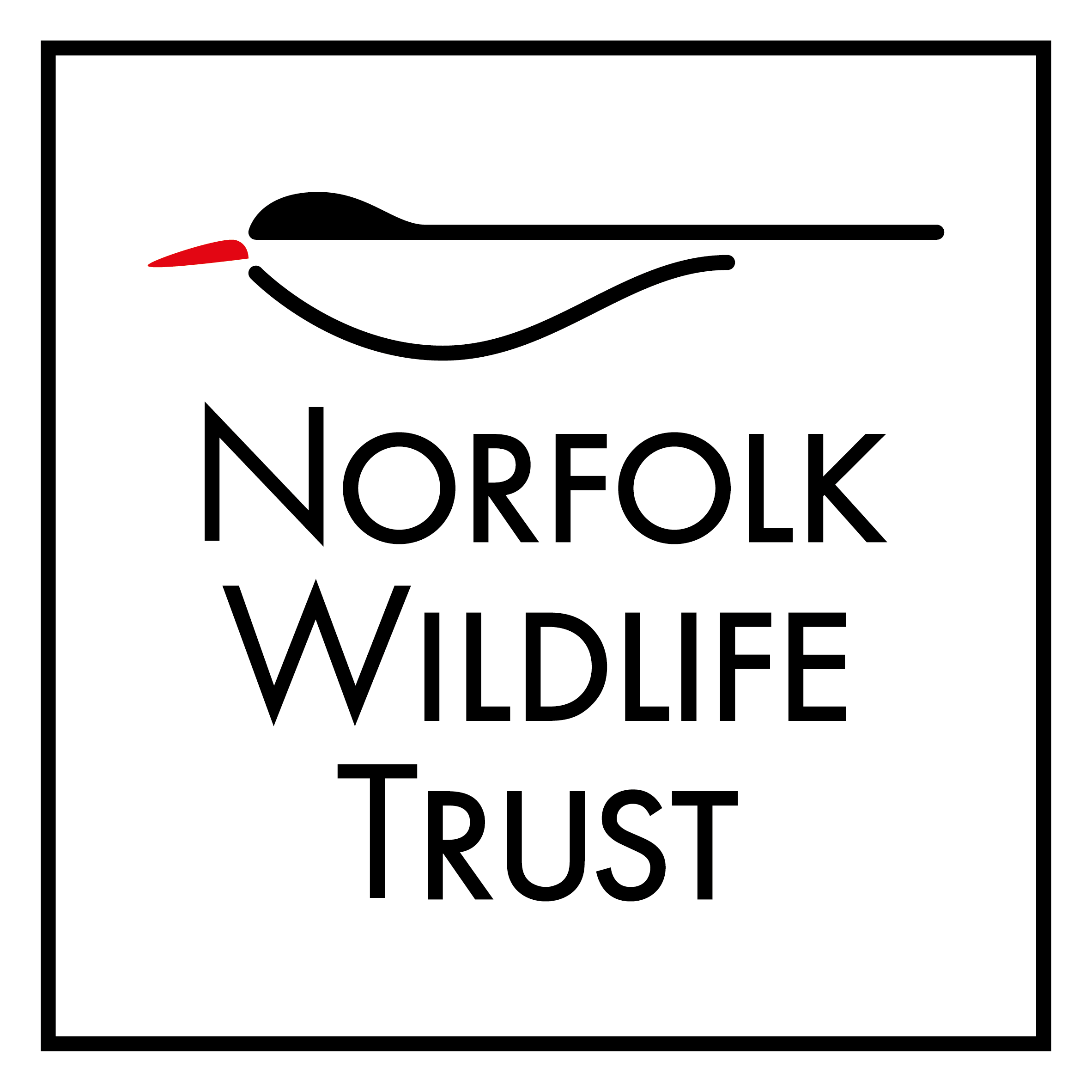Search
Search
How to provide bushes for nesting birds
In the spring, birds choose the best locations to build nests, so why not offer them a safe place to settle?
Bush vetch
A scrambling plant, Bush vetch has lilac-blue flowers. It is a member of the pea family and can be seen along woodland edges and roadside verges, and on scrubland and grassland.
Protecting Norfolk’s precious beach-nesting birds this summer
Known for its beautiful stretch of coastline and tranquil surroundings, Holme-next-the-Sea is one of Norfolk’s best-kept secrets. For beach-nesting birds, Holme Dunes nature reserve provides the…
Roesel's bush-cricket
The song of the Roesel's bush-cricket is very characteristic: long, monotonous and mechanical. It can be heard in rough grassland, scrub and damp meadows in the south of the UK, but it is…
Dark bush-cricket
The Dark bush-cricket, as its name suggests, is dark brown or reddish. It can be found in woodlands, hedgerows and gardens throughout summer. Its irregular chirpings are a familiar sound of summer…
Oak bush-cricket
The Oak bush-cricket is arboreal and can be found in mature trees in woods, hedges, parks and gardens in summer. Males don't have a 'song' as such, but drum on leaves with their…
Speckled bush-cricket
The Speckled bush-cricket, as its name suggests, is covered in tiny, black speckles. It can be found in scrub, hedgerows and gardens throughout summer. Males rub their wings together to create a…
Great green bush-cricket
At nearly 7 cm long (including the female's long ovipositor), the Great green bush-cricket certainly lives up to its name! It can be found in grassland, scrub and woodland rides in Southern…
Weeting Heath
The stony ground and close-cropped turf of Weeting Heath is one of the best sites in the country to see the rare and strange-looking stone curlew. It is also home to many rare Breckland plants.…
